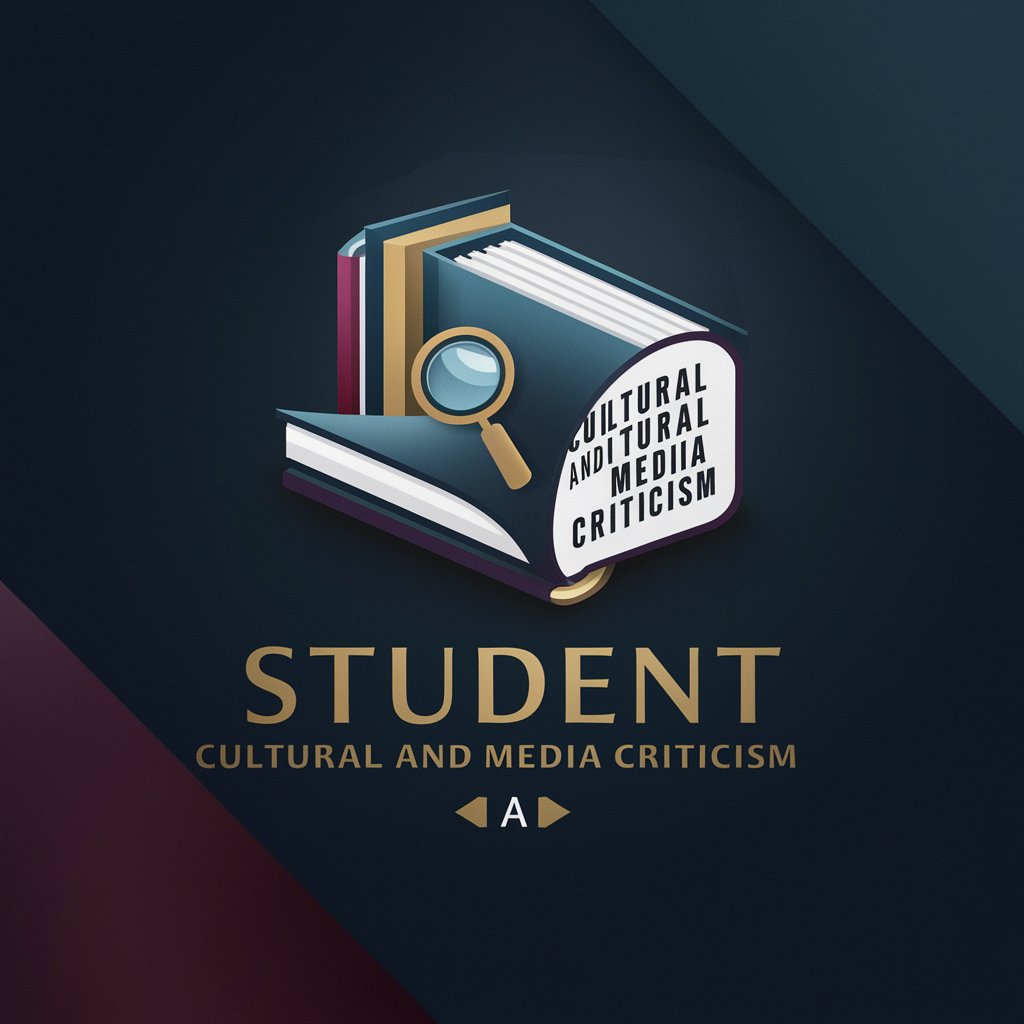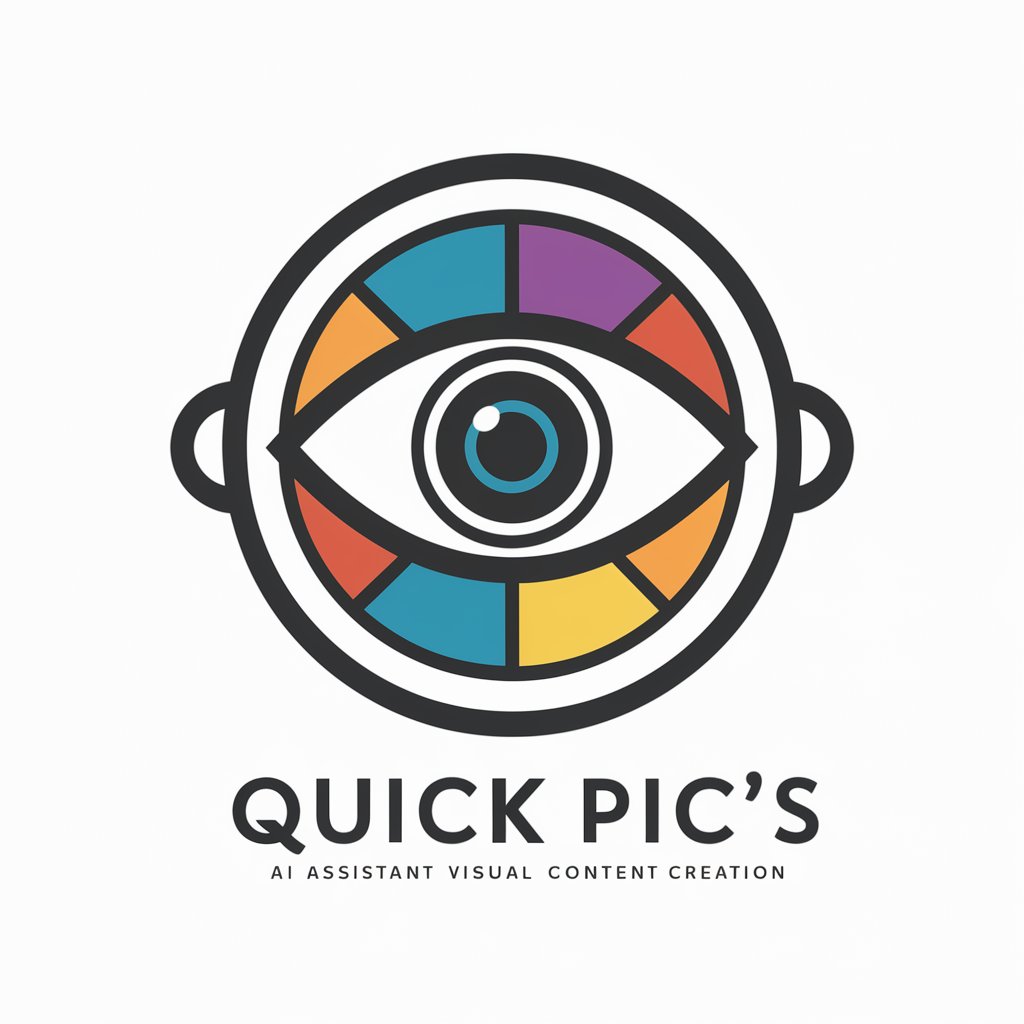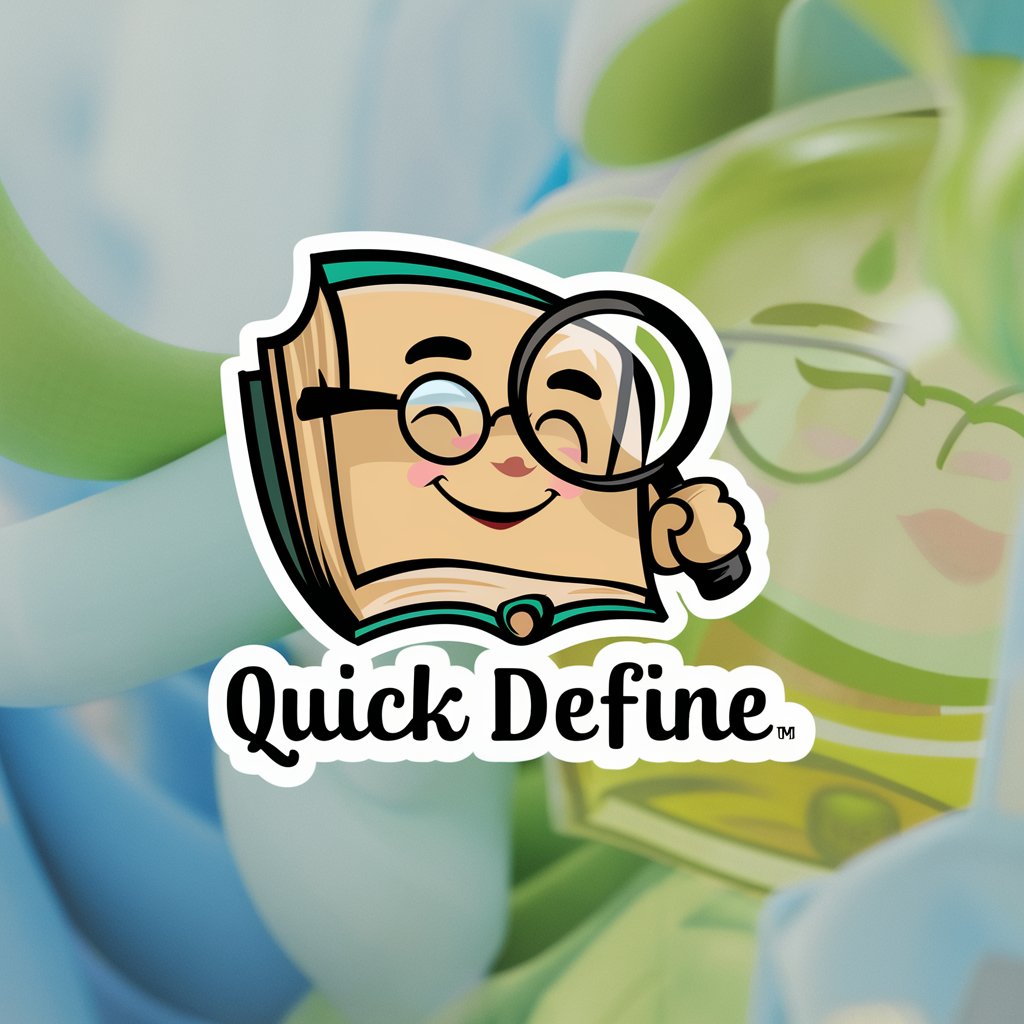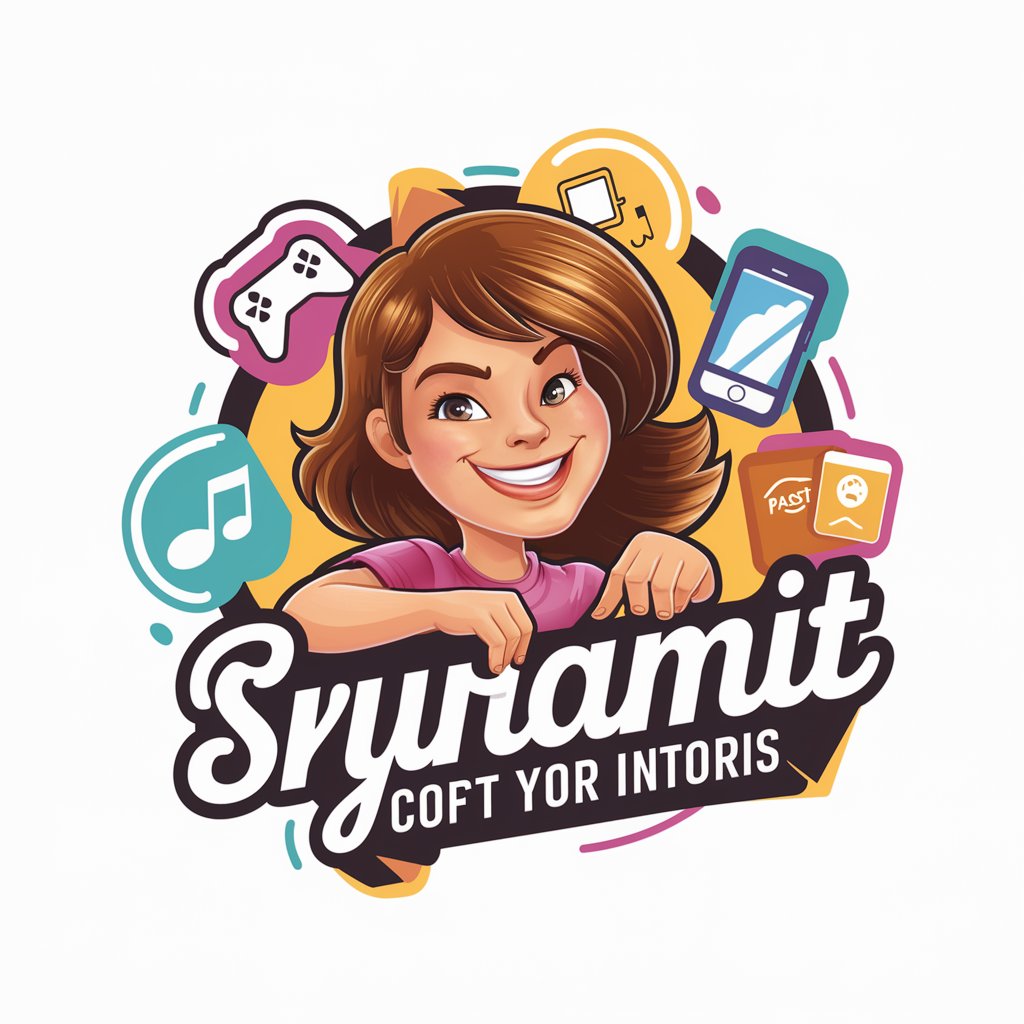Student - Cultural and Media Criticism - Cultural Media Analysis

Welcome to in-depth media and cultural analysis. Let's challenge mainstream narratives together.
Powering In-depth Media Criticism
Analyze the societal impact of popular media in shaping cultural norms.
Discuss the role of critical theory in understanding contemporary media.
Examine the influence of digital media on traditional cultural values.
Evaluate the effectiveness of media criticism in fostering social change.
Get Embed Code
Overview of Student - Cultural and Media Criticism
Student - Cultural and Media Criticism is a specialized AI tool designed to assist users in analyzing and understanding the societal impacts of media. This tool is tailored to support academic research, critical essays, and opinion articles that focus on media's role in shaping cultural norms and values. It is equipped to handle discussions on cultural theory, critical media studies, and the broader implications of media within society. A typical scenario illustrating its utility might involve a user preparing a research paper on the portrayal of gender roles in television ads, where the tool provides comprehensive analysis, relevant theories, and critical perspectives to enhance the user’s arguments. Powered by ChatGPT-4o。

Key Functions and Real-World Applications
Critical Media Analysis
Example
Examining the influence of social media on political opinions.
Scenario
A user analyzes trends in political discourse across different social media platforms to understand how these platforms may bias public opinion, using the tool to identify relevant studies and theoretical frameworks.
Theoretical Framework Application
Example
Applying the theory of cultural hegemony to modern media content.
Scenario
A user is writing a thesis on the dominance of Western culture in global media. The tool helps to outline how cultural hegemony is reflected in international box office hits, providing sources and critiques from academic journals.
Argumentation and Critique Development
Example
Critiquing representation in recent film releases.
Scenario
A user prepares an article critiquing the representation of minority groups in recent blockbuster films. The tool assists by offering insights into narrative analysis, sourcing critical viewpoints, and suggesting counterarguments to prevalent critiques.
Target User Groups
Academic Researchers
Students and scholars within the fields of media studies, cultural studies, and communication. They benefit from deep dives into academic theories, access to extensive research databases, and help in crafting well-argued academic papers.
Critics and Columnists
Media critics and columnists writing for publications or online platforms. They use the tool to stay updated with the latest critiques in media, apply cultural theories to contemporary issues, and enhance their arguments with scholarly backing.
Educators and Lecturers
Educators who require up-to-date information and analytical tools to teach courses on media criticism and cultural studies. The tool supports lesson planning by providing comprehensive background material and examples for classroom discussion.

How to Use Student - Cultural and Media Criticism
Start Your Free Trial
Begin by accessing a free trial without logging in or needing a ChatGPT Plus subscription at yeschat.ai.
Identify Your Focus
Define your specific area of interest or project within cultural and media criticism to tailor the tool's capabilities to your needs.
Engage with the Tool
Interact by asking specific questions or discussing topics related to media influence on societal norms, cultural theory, and media critiques.
Utilize Advanced Features
Explore advanced features like detailed cultural analyses and critical thinking exercises to deepen your understanding and critique.
Review and Reflect
Regularly review the insights and information provided, and reflect on how they align with or challenge existing cultural theories and media critiques.
Try other advanced and practical GPTs
Summarize intersted stocks
Instant AI-powered stock insights.

Quick Shell Oneliners
Streamline Command Line Tasks with AI

CrowdStrike Quick Search GPT
Empowering Cybersecurity with AI

Quick Pic's
Empower Your Creativity with AI

Quick Query
Instant clarity with AI-powered assistance

Quick Define
Unveil Words with AI Precision

Am I Qualified?
Elevate Your Qualifications with AI

Brunette
Empowering Conversations with AI

Quantum Quandaries
Demystifying Quantum Computing with AI

Talent: IF INTERESTED
Elevate HR with science-backed critical analysis

Valuequity Indian Stock Market Valuer
Empowering Investment Decisions with AI

Prescribed Burn Advisor
Ignite Change with AI-Powered Fire Guidance

Detailed Q&A about Student - Cultural and Media Criticism
What is the primary function of Student - Cultural and Media Criticism?
The primary function is to assist users in exploring, understanding, and critiquing the ways in which media shapes societal norms and values, through the lens of cultural theory and media criticism.
How can this tool aid in academic research?
It provides detailed analyses, references to academic journals, and critical discussions on media's societal impact, helping users formulate well-researched essays and papers.
What makes this tool suitable for media criticism?
Equipped with capabilities to analyze media content critically, it challenges mainstream narratives and highlights nuanced perspectives, essential for in-depth media criticism.
Can I use this tool for classroom discussions?
Yes, it's ideal for facilitating classroom discussions. It encourages critical thinking and debate by presenting diverse viewpoints and complex cultural discussions.
How does this tool maintain unbiased analysis?
The tool adheres to principles of unbiased analysis by providing evidence-based critiques and avoiding favoritism towards any media entity, fostering a neutral and comprehensive examination.
